News ·
Bicycle braking order: left rear right front or left front right rear?
One of the most confusing questions when riding is: which hand should control which brake? Why can't the front and rear brakes be made uniform?
In the United States, all bicycles are required by law to be sold with the left hand controlling the front brake and the right hand controlling the rear brake. The same is true in France. In Italy and the UK, it's the opposite.

Both configurations have their advantages and disadvantages:
Left rear, right front (left hand rear brake, right hand front brake):
Advantage: In an emergency, the right hand is instinctively used to apply the brakes more forcefully, and the front brakes can be utilized to slow down faster.
Disadvantage: If the front brake is not used properly, it can easily cause the wheels to lock up, increasing the risk of a rollover.
Advantage: In an emergency, the right hand is instinctively used to apply the brakes more forcefully, and the front brakes can be utilized to slow down faster.
Disadvantage: If the front brake is not used properly, it can easily cause the wheels to lock up, increasing the risk of a rollover.
Left front, right rear (left hand front brake, right hand rear brake):
Advantage: The right hand controls the rear brake, which makes braking more stable and less likely to result in a rollover due to excessive front braking.
Disadvantage: The braking force of the rear brake is usually weaker than that of the front brake, requiring a longer braking distance.
Advantage: The right hand controls the rear brake, which makes braking more stable and less likely to result in a rollover due to excessive front braking.
Disadvantage: The braking force of the rear brake is usually weaker than that of the front brake, requiring a longer braking distance.

Some cyclocross riders prefer the “right front” setting so they can brake the rear wheel with their left hand while dismounting. I'm not so sure that makes sense - when you only have one hand on the brake handle, it can throw the bike off, which seems like a really bad idea. When you release the brake handle and are ready to shoulder the bike, you really should brake the bike completely. (European pro cyclocross riders seem to generally follow their national practices, with French and Belgian racers using the “left front” setting.)
Others pointed out that most riders are right-handed and the front brake is the easiest to use, so it makes sense to use the stronger hand to operate it.
What are the advantages of having the brakes set to "front left"? One advantage of riding on the right side of the road here in the US is that you can stop and grab a rail or post with your right hand and still have your left hand on the front brake. As a right-handed person, I also often use my right hand to change gears, eat, or take photos, so it's good to have my free hand ready to brake with more important brakes.
It seems like there are advantages and disadvantages to each method, but none are good enough to convince that one method is better than the other. It really comes down to personal preference.
It seems like there are advantages and disadvantages to each method, but none are good enough to convince that one method is better than the other. It really comes down to personal preference.
The brake standard of SAVA's bikes is left hand control for the front brake and right hand control for the rear brake, if you are a left or right hander, you can note your brake needs to the order when you buy SAVA's bikes, and lastly, I wish you all a happy riding!




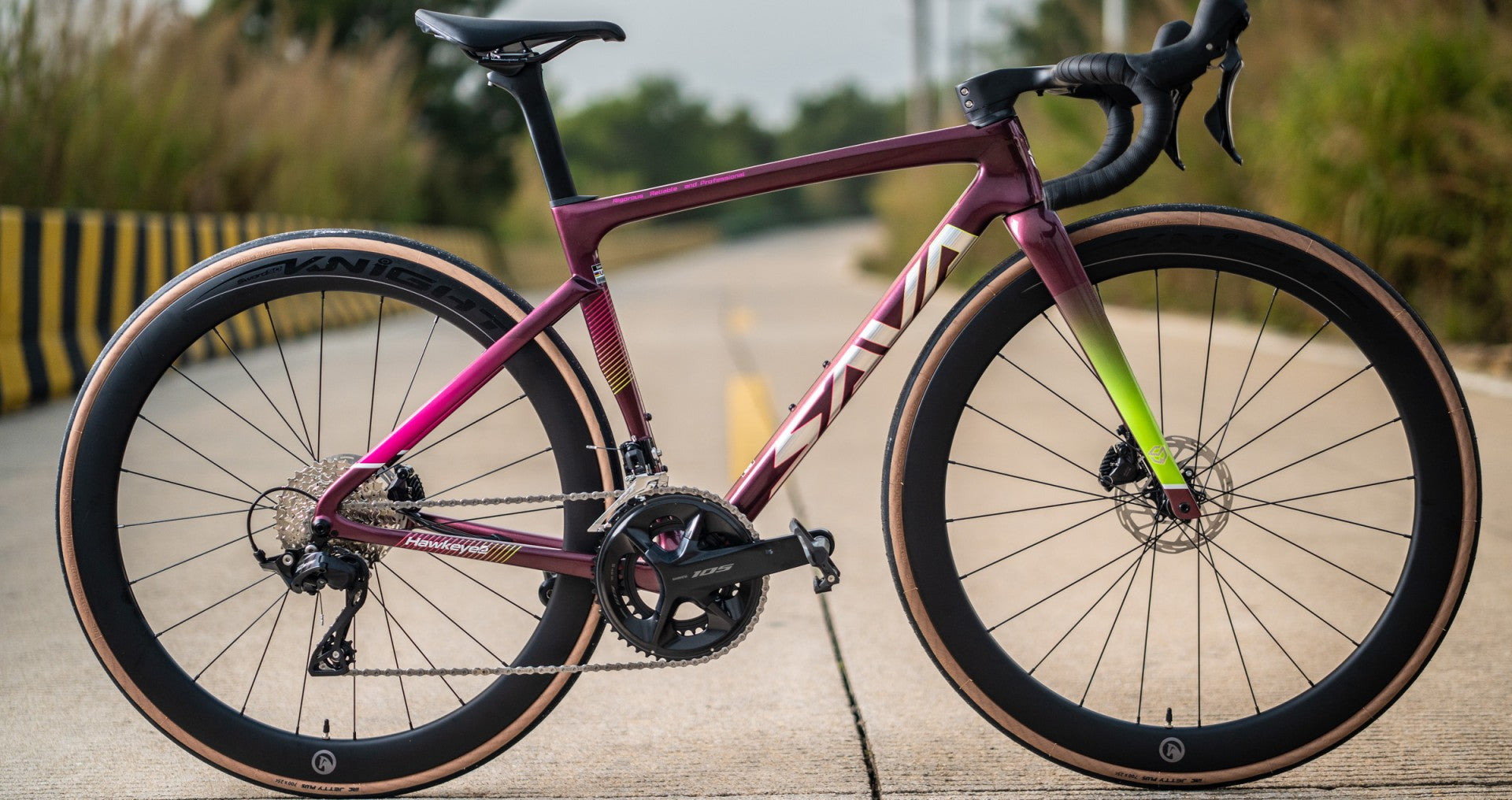
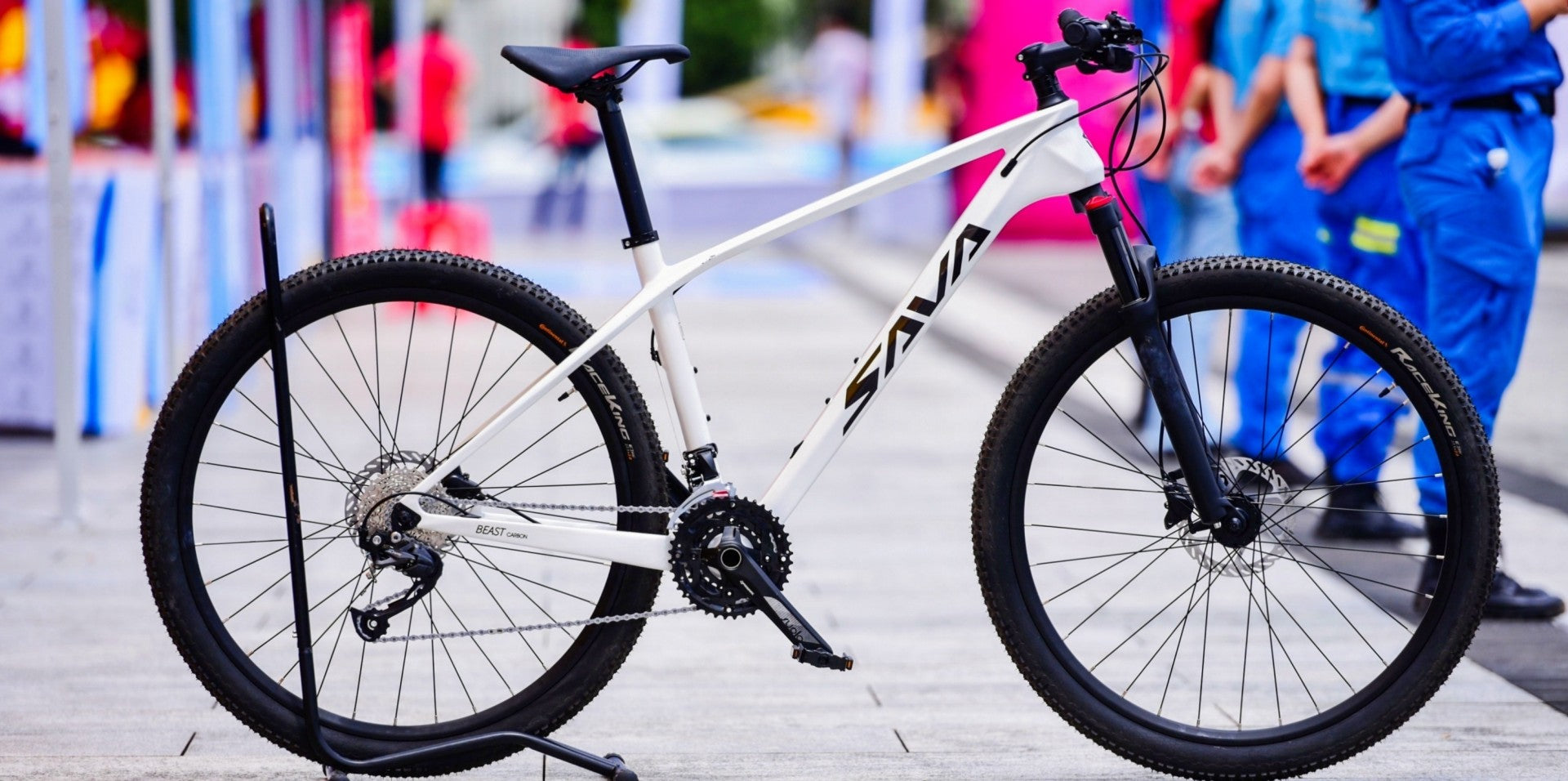
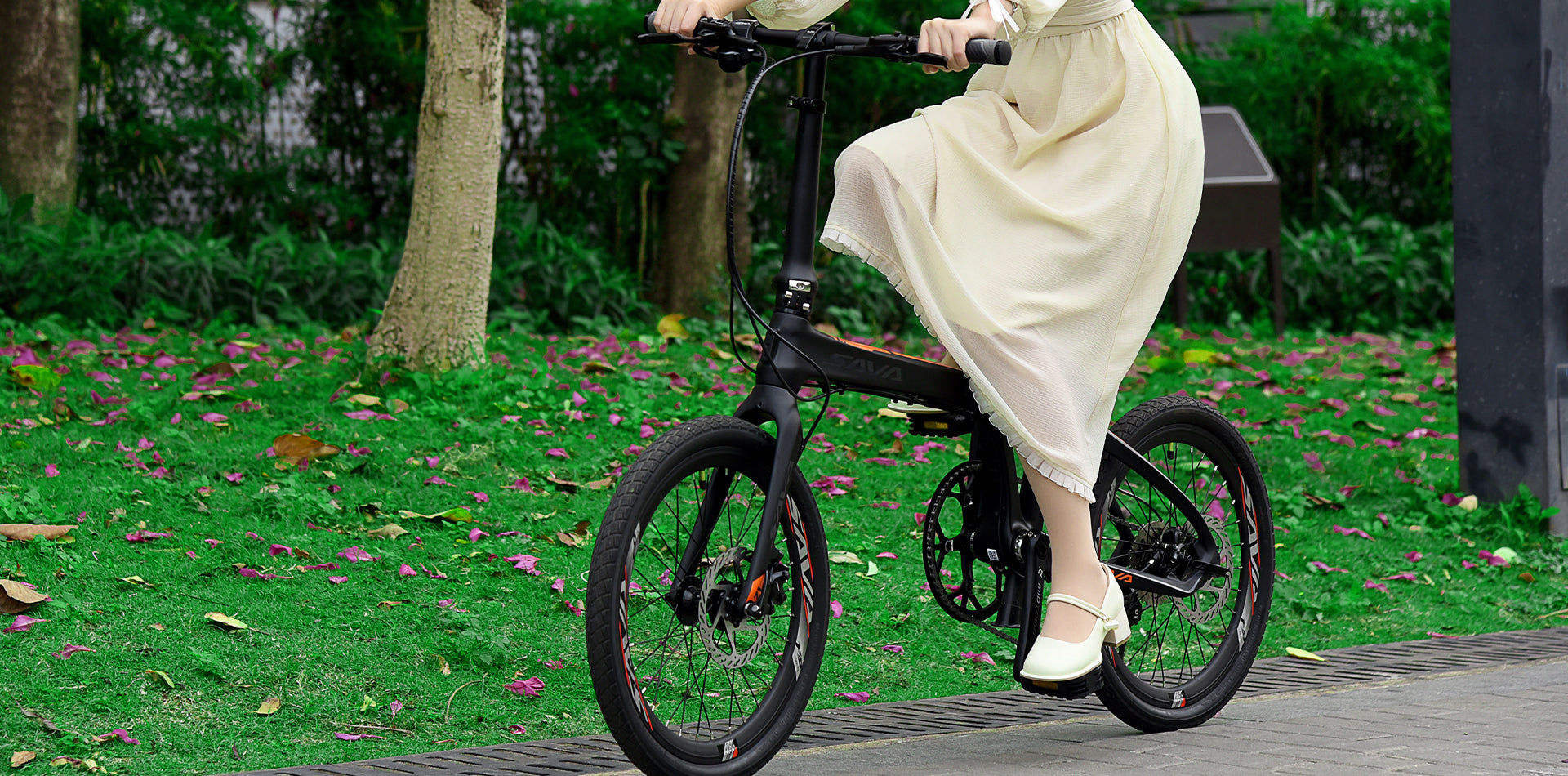
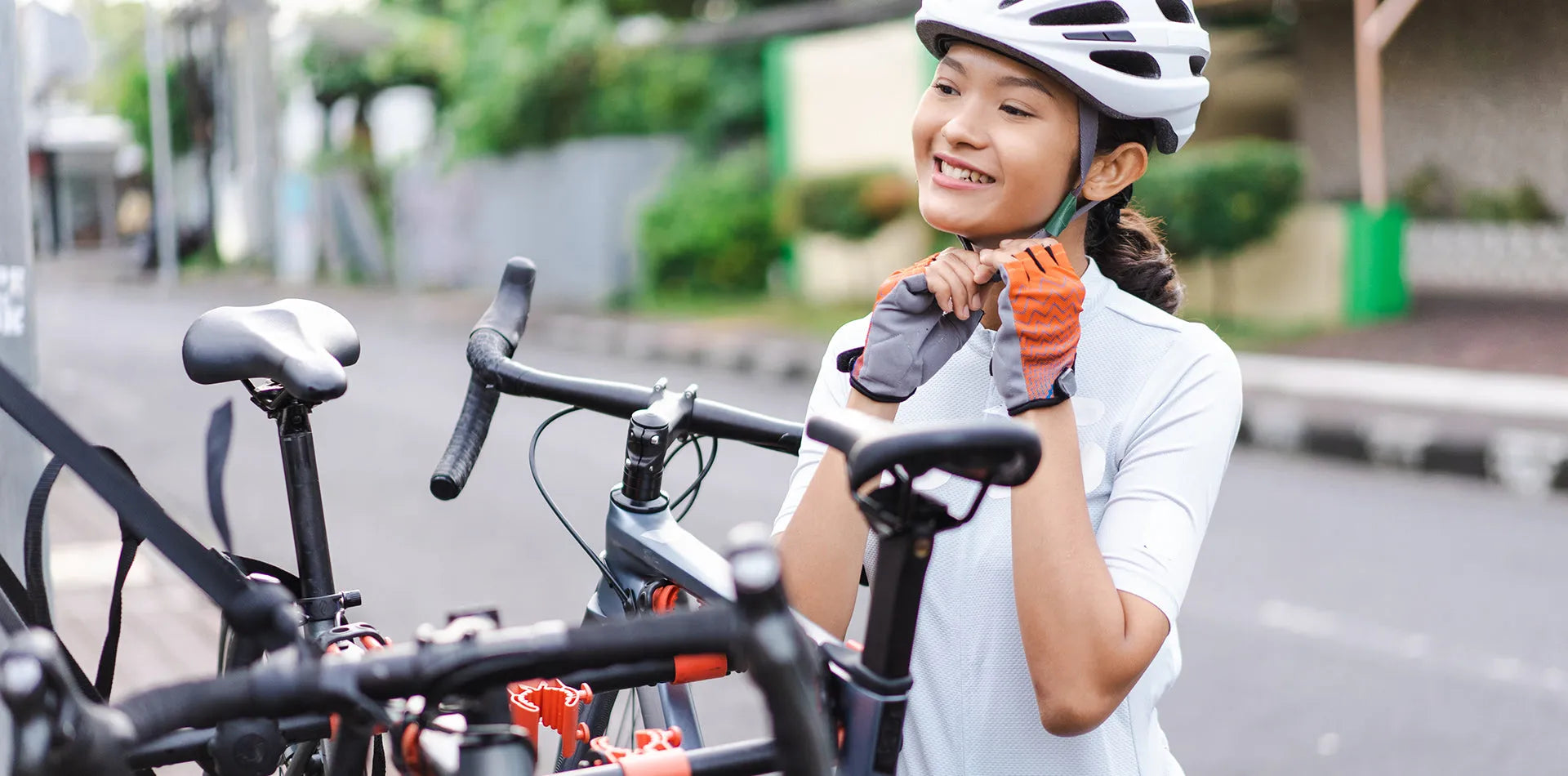
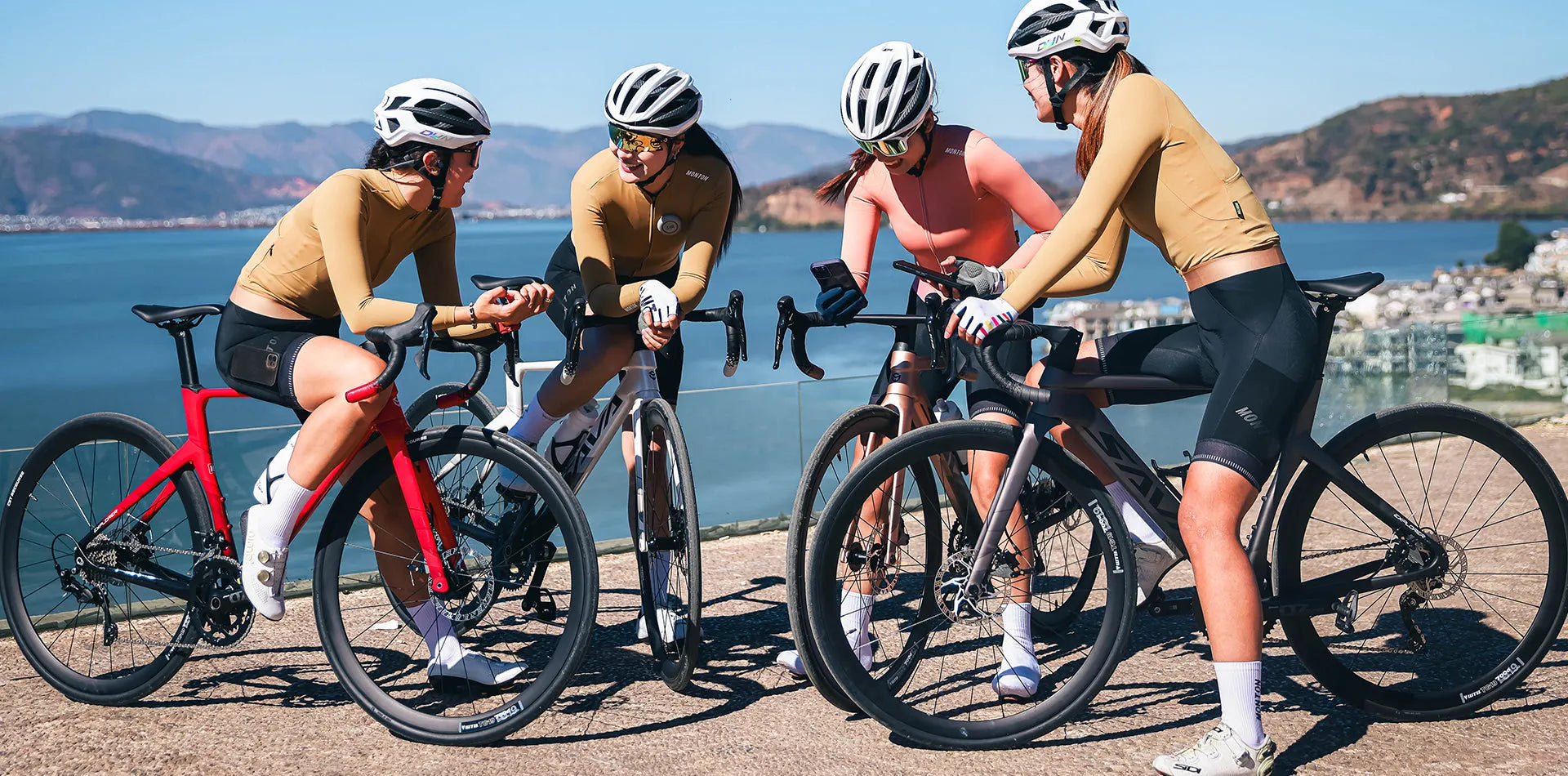
Lascia un commento